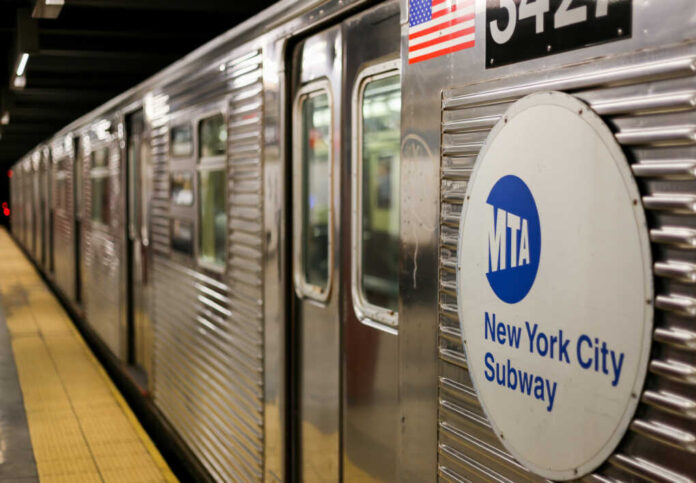
The Trump administration escalates the stakes for New York City’s MTA, demanding comprehensive subway crime management plans or facing the peril of federal funding cuts.
At a Glance
- The Trump administration is pressuring the MTA to reduce crime or face funding cuts.
- Transportation Secretary Sean Duffy has sent a letter demanding action.
- The administration requires MTA to demonstrate effective use of federal funds.
- While crime is reportedly down, high-profile incidents continue to fuel safety concerns.
Federal Pressure Mounts on MTA
Transportation Secretary Sean Duffy issued a stark warning to the Metropolitan Transportation Authority (MTA) regarding the potential loss of federal funding if it does not ameliorate its subway crime issues. This move, part of a broader federal focus, requires the MTA to submit detailed plans addressing crime management and fund allocation. Duffy’s letter requests data on fare evasion, assaults, and police patrols.
The federal government supplies billions to the MTA, but concerns have arisen about whether these resources are effectively enhancing commuter and staff safety. The potential financial jeopardy could ripple through New York’s economy if the MTA fails to comply. Duffy criticized the existing trend of violent crime and homelessness in the subway system, citing “soft-on-crime” policies as a contributing factor.
MTA’s Response and Challenges
MTA Chief John McCarthy counters that transit crime is down 40% compared to 2020, and fare evasion has decreased by 25% since the pandemic. However, public perception lags behind the statistics due to recent high-profile attacks, as noted by MTA head Janno Lieber. The pressure to ensure the federal allocation is used to return confidence to a weary commuter base persists.
The Trump administration has set a March 31 deadline, threatening to withdraw funding if the requested crime data and plans are not met. Discussions between MTA officials and federal authorities continue amidst broader debates, such as unresolved issues surrounding congestion pricing. This intersection of challenges raises questions about how effectively New York City can adapt and respond.
The Broader Impact of Federal Demands
The stakes are high as the MTA anticipates requiring $14 billion over the next five years to maintain and improve transport infrastructure. Meanwhile, Mayor Eric Adams and Governor Kathy Hochul have attempted to combat transit crime by deploying more NYPD officers and National Guard troops. Despite a nearly 27% drop in transit crime this year, felony assaults remain alarmingly high.
“The transit riders and workers of New York City deserve nothing less.” The letter from Duffy drives home the essential need for safety. It calls on MTA Chair Janno Lieber to outline actions taken to ensure public security amidst the complex relationship of crime rates, funding, and public sentiment. With the clock ticking, the MTA’s path to aligning with federal expectations remains fraught with challenges.






















